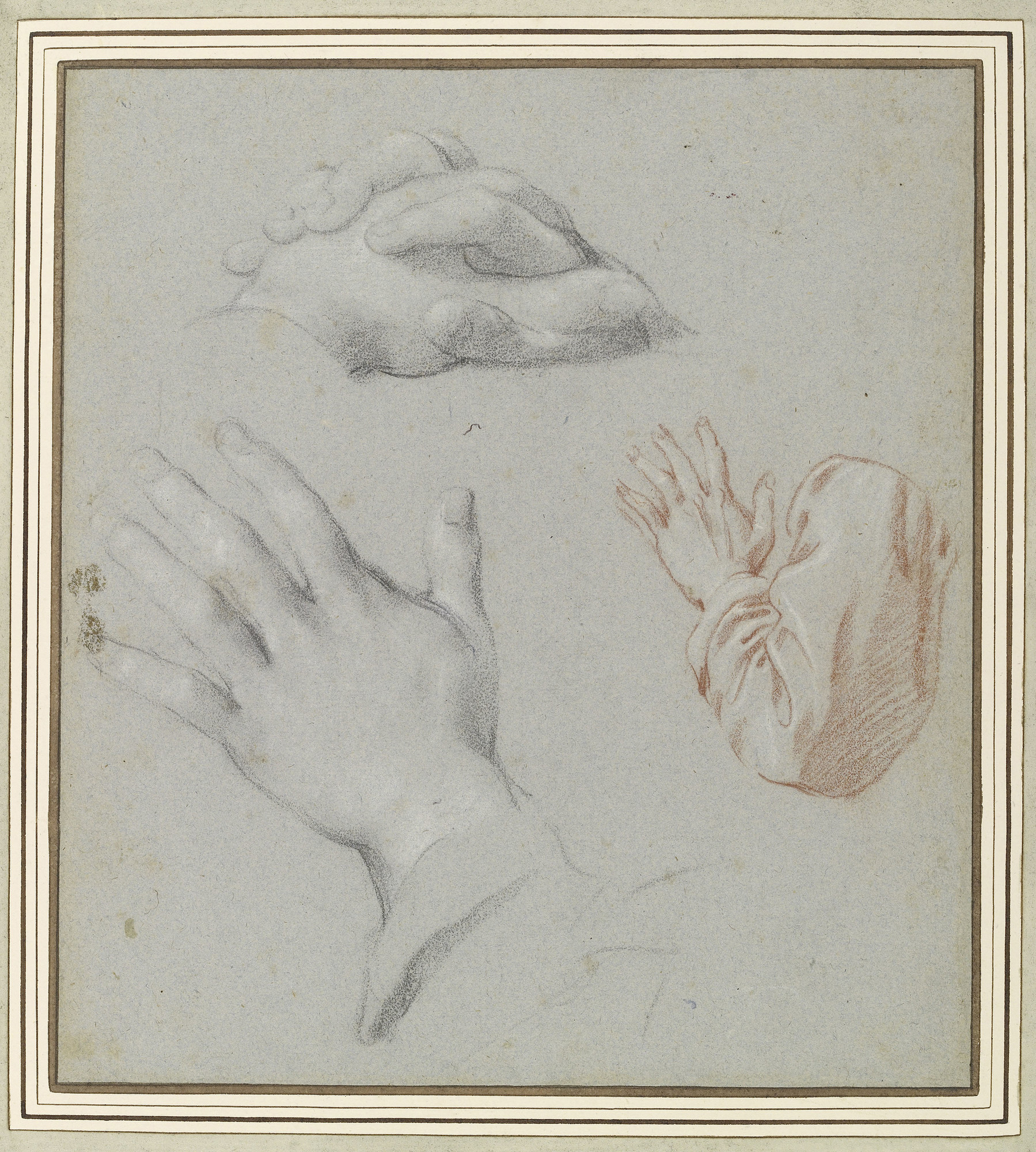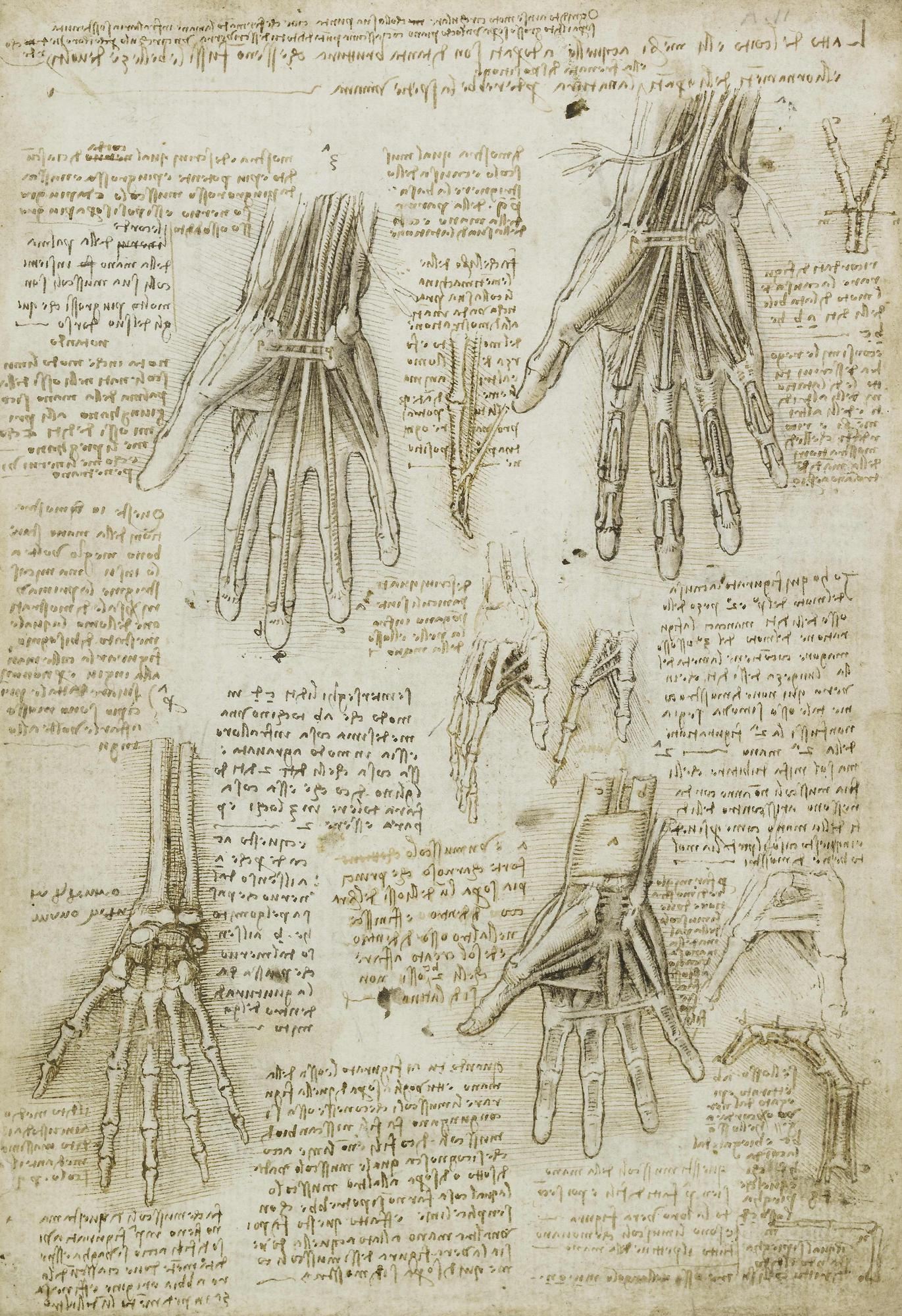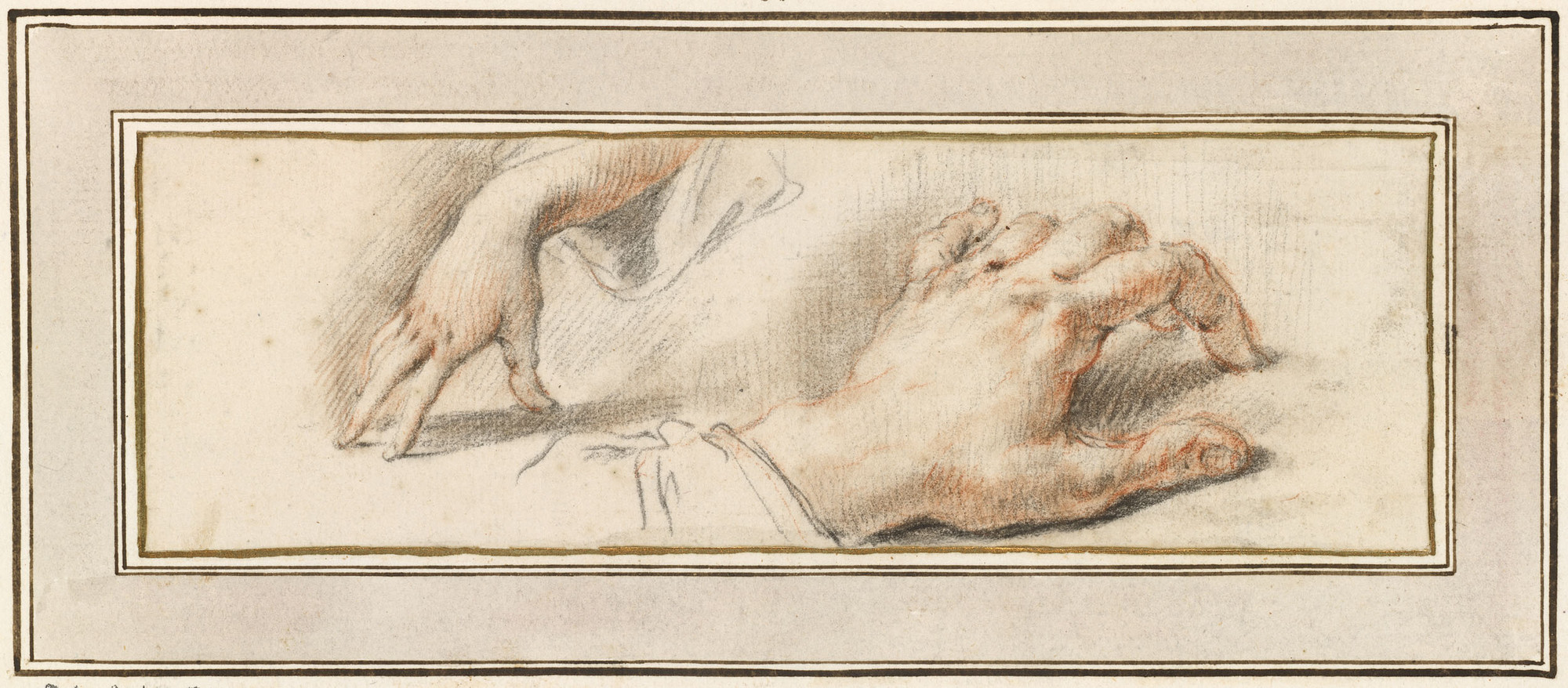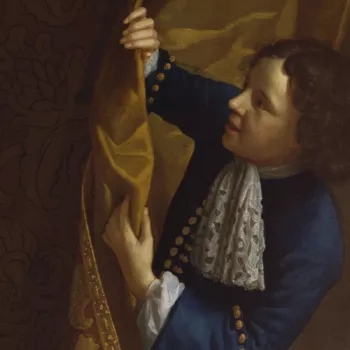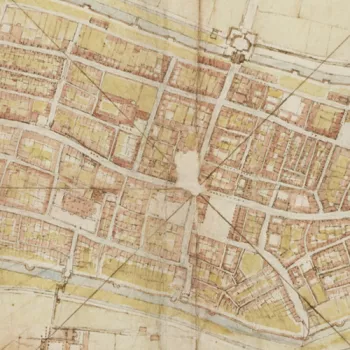Hands-on art
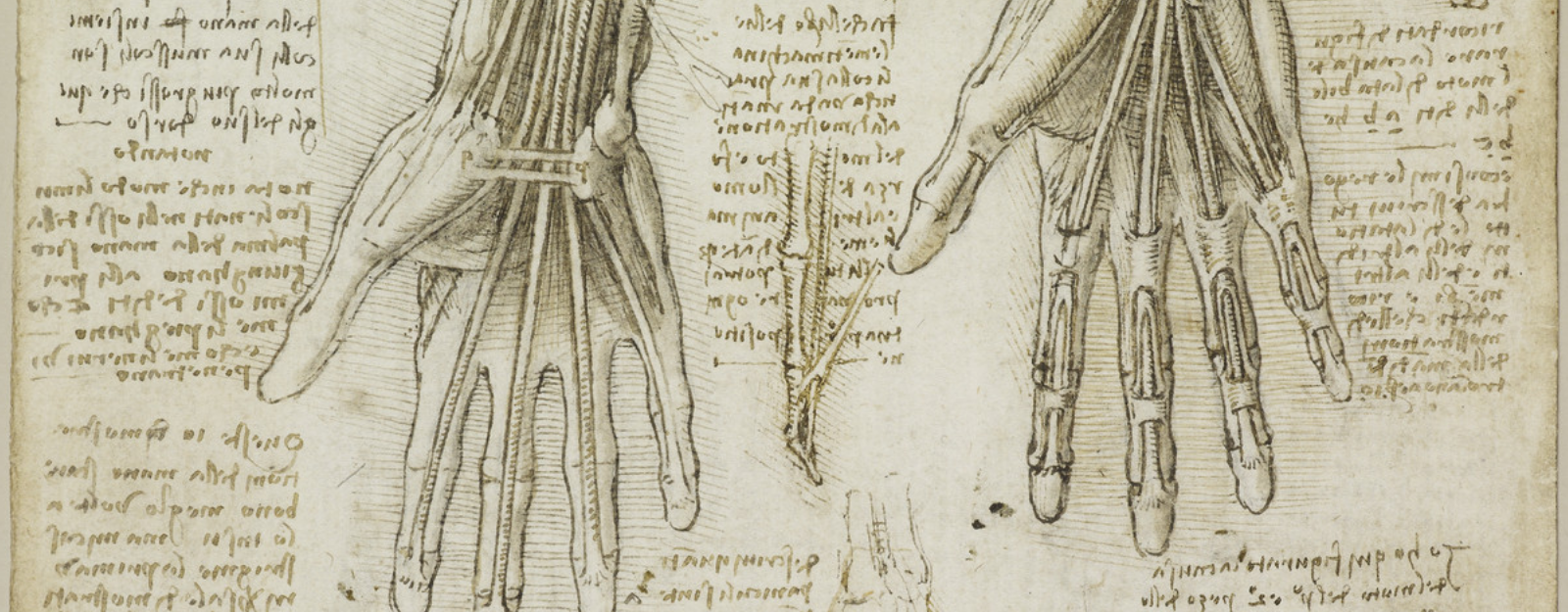
We are all paying more attention to our hands at the moment, with careful and regular washing. But have you ever tried to draw your hands?
Scroll through the drawings below to see examples of different artistic approaches.
Hands can be difficult to draw, but with a bit of practice it can become easier. A good starting point is to think about the skeletal, or bone, structure beneath the skin.
Have a go!
- Begin by experimenting. Use one sheet of paper or sketchbook to try drawing your hand in different positions. You might like to begin by drawing a rough outline of the internal bone structure as a guide, followed by the outline of your hand.
- When you are happy with the shape, add details such as fingernails and knuckles.
- You can now think about light and shade, filling in darker areas to add texture and shadows. You can use a sharp rubber to create areas of light.
Don’t worry if your drawing doesn’t look how you had imagined it might do – artists improve over time. Doing lots of quick sketches will help you to understand the shape and form of the hand. Your drawing will get better the more you practise, and you can use your own hand as a model! You might find that different positions are easier to capture than others, or that by experimenting with drawing materials you will choose what suits you best.




